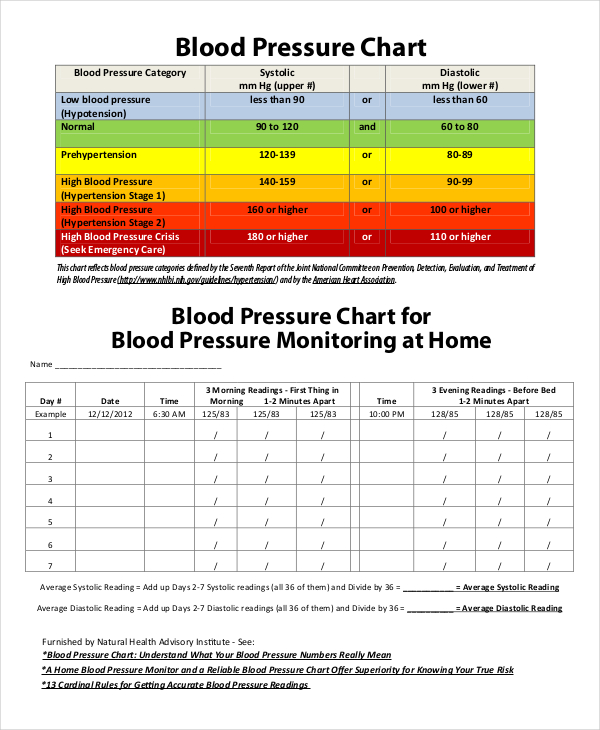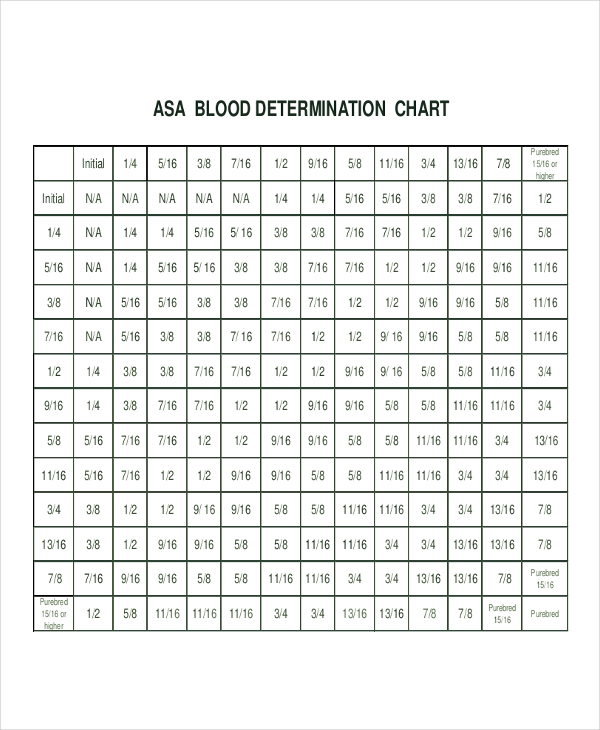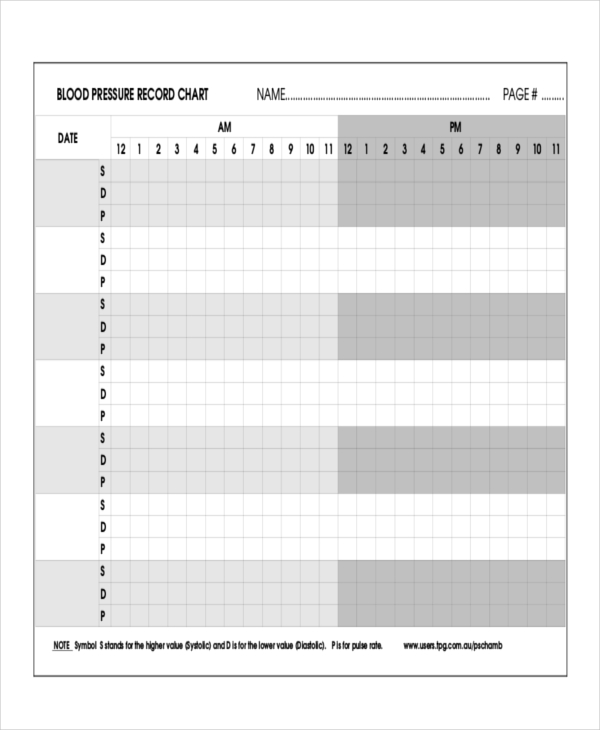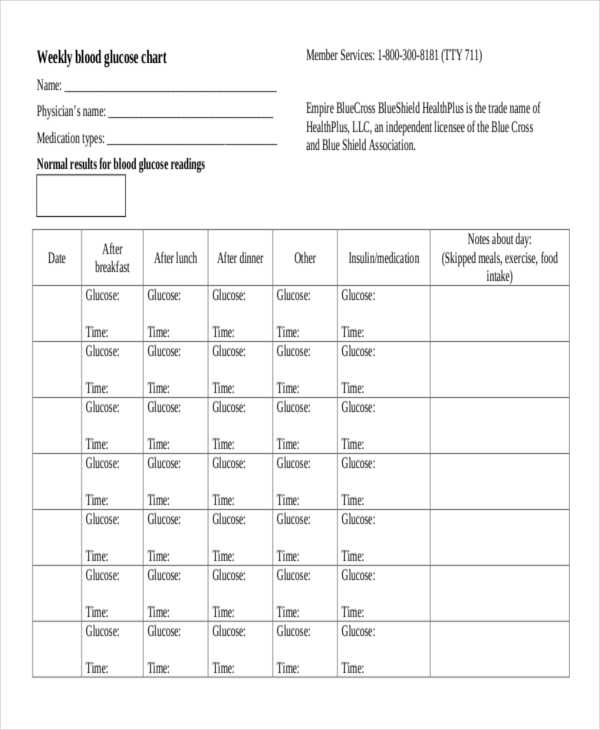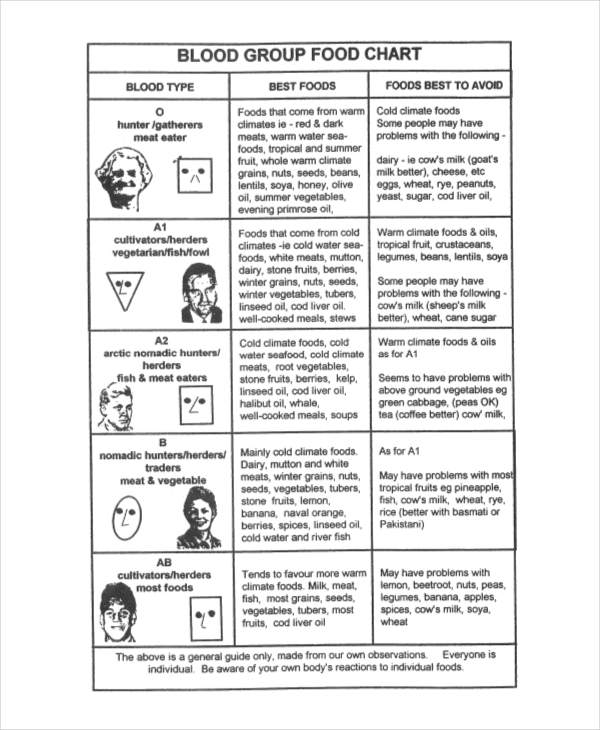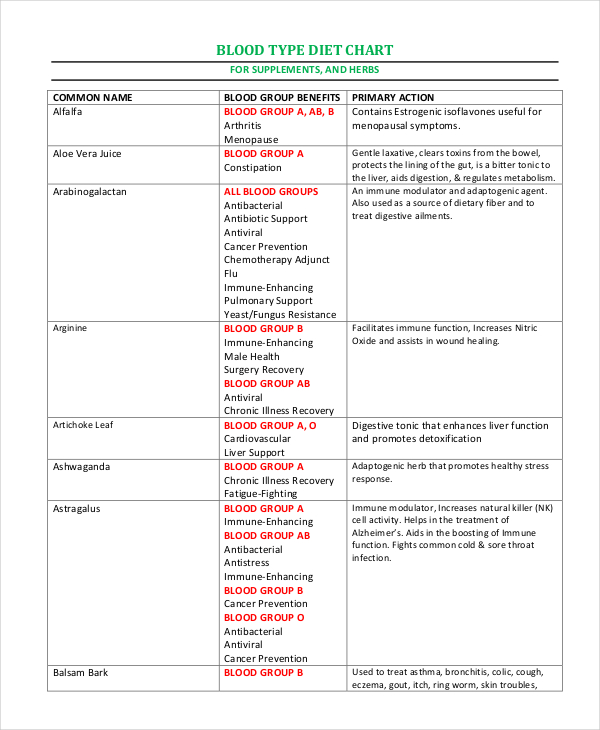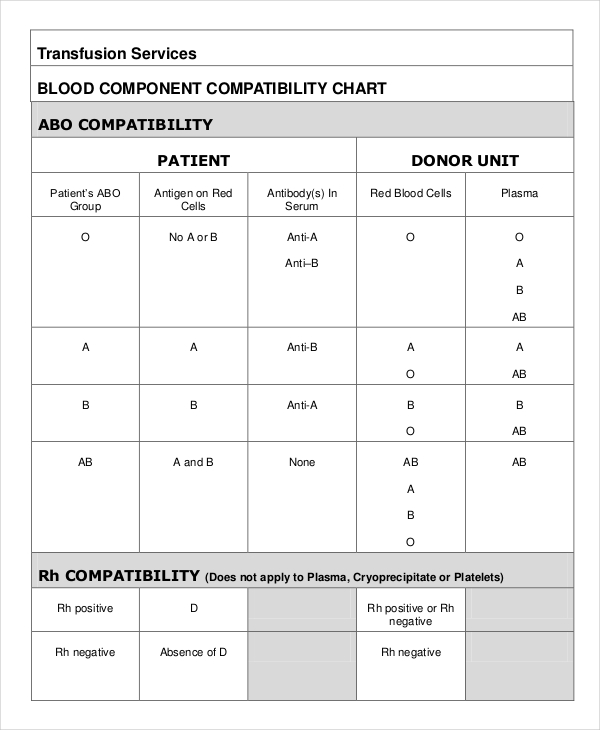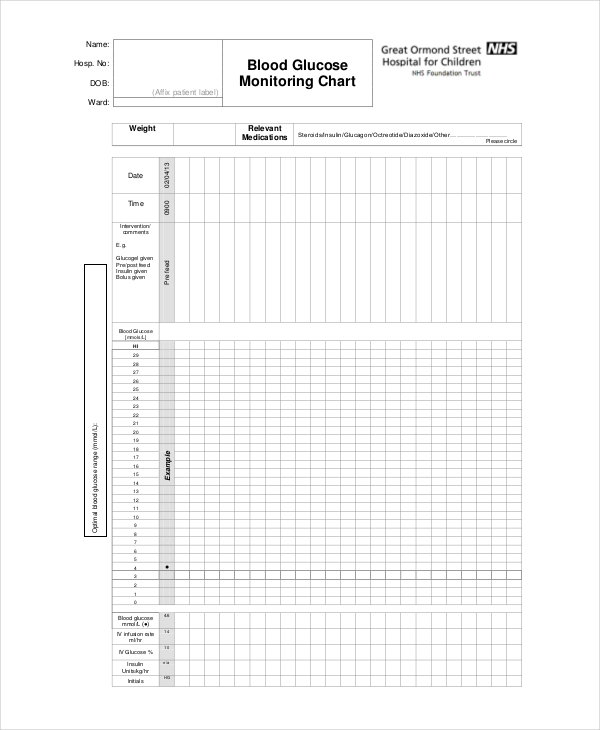9+ Blood Chart Examples to Download
A chart is a visual representation of information about things with the aid of symbols, diagrams, tables, and/or graphs. A bar chart, for instance, represents data using rectangular bars of different sizes usually to indicate a comparison between things.
Charts are commonly used by people in organizing things and/or events.A food chart, for example, provides all the important information on the food we eat. Chart samples also condense text information into something that can be easily understood and interpreted. Some people tend to process information more easily through visual aids, thus charts can be very useful in conveying information to them.
Blood Pressure Chart
Blood Determination Example
Sugar Levels Chart
Blood Pressure Tracking Chart
Blood Record Chart
What Is a Blood Chart?
A blood chart is a type of chart which usually provides information about the blood including the different types, donor compatibility, relationship of blood types of parents to offspring, compatible diet with the blood type, and other information regarding the human blood.
Blood charts can also be used to record, monitor or measure information on blood pressure, sugar level, among others.
Importance of a Blood Chart
As mentioned, blood charts can be used to convey information on different things involving the blood. A blood type chart example, shows information on the different blood groups of people including the compatible blood donors.
This information will be useful especially in the instance of blood transfusion where the donor needs to match the receiver’s blood in order to avoid complications. Another example of a blood chart is a blood pressure chart which provides information on a person’s blood pressure and what the numbers mean.
This is useful in monitoring one’s blood pressure especially if you’re someone or you know someone who needs to keep track of your blood pressure at all times. Blood charts can be very useful in clinics and medical institutions, since they contain information on what patients need to know.
Blood Glucose Example
Blood Group Food Chart
Blood Type Diet Sample
Component Compatibility
Blood Glucose Monitoring
Tips in Making Blood Charts
Blood charts are useful in providing us the information we need to know about the human blood or other things regarding our blood. Creating blood charts can be easy if you have the necessary information to include, and the know-how of the basics of creating a chart in general.
If you’re a beginner, I’m sure these tips will be useful in making blood charts:
- Determine the type of chart to make. There are different types of charts to choose from. Most common examples of charts are flow charts, pie charts, line charts, etc.
- Gather data. Determine what you want you or your audience need to know and do your research. Research thoroughly. Everything you put in your blood charts must be factual and accurate.
- Input the necessary information. Organize the information you gathered and write them in your chart. Write everything you deem necessary.
- Make it simple. You may use diagrams and symbols to condense the information you gathered or to elaborate the information further, but make it as simple as possible. Do not overcrowd your chart with too many symbols and pictures. Make it understandable.
- Review and improve your blood chart. Check your blood chart for possible errors and improve as needed.



